|
|
Day
5 (October 23, 2018) Bali East
Before
This would be the second day planned to explore Bali by car
with
driver. For this last day we’ve planned a rout through the East of the
island.
The spots marked at map are:
0- Hotel The Umari en Ubud
1- Tegenungan Waterfalls
2- Goa Lawah
3- Pura Lempuyang Luhur
4- Tirta Gangga
5- Besakih
6- Pura Ulun Danu Batur
7- Pura Tirta Empul
|
After
As yesterday, we get our breakfast at 8 AM and
driver picks up at 9 AM. We already discussed yesterday the route for
today: spot 6 is totally out of range for this route; spot 3, on
despite of looking near, it takes too long to reach because of the
narrow and slow road and wouldn’t allow to go to spot 5, which is our
highlight. We’ve removed the waterfall 1 as we already know how time
and energy consuming is the way up back for the waterfalls here. With
this, our first visit, after a long ride by car, is in Goa Lawah, the
bat cave, which is by the sea.
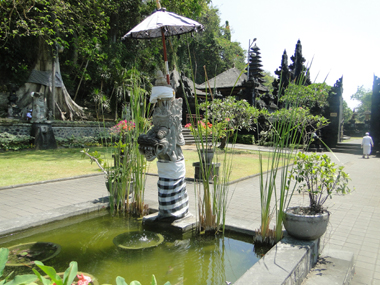 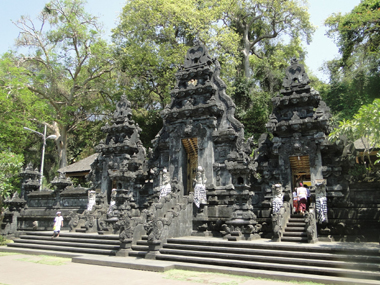
We pay 20,000 rupees each and get a sarong for me,
as the cave itself is part of a temple. It seems bats are taken as a
representation of the ancestors. The temple is small and getting in to
the cave is not allowed but you can see – and hear – hundreds of bats
hanging upside down from the entrance of the cave.
 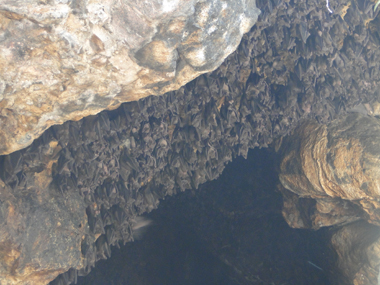
After this, we follow the coast and going through
towns decorated for Diwali to Tirta Gangga. The volcano is covered and
cannot be seen, but we’ll be close to a bigger one this afternoon.
 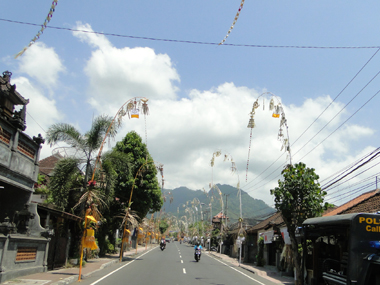 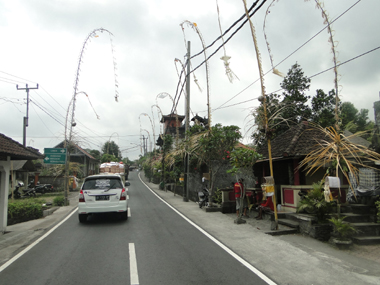
We pay 40,000 rupees each as admission fee to
Tirta Gangga, or Water Palace. The visit is mainly in the gardens of
the palace, with beautiful fountains. One of them is really funny and
is where is concentrated most of the people as you can walk through the
lake around it using pile stones.
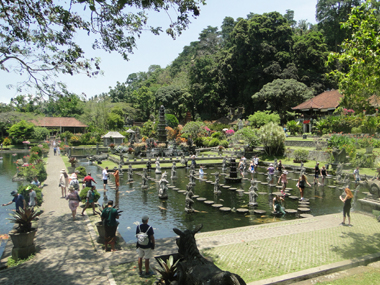 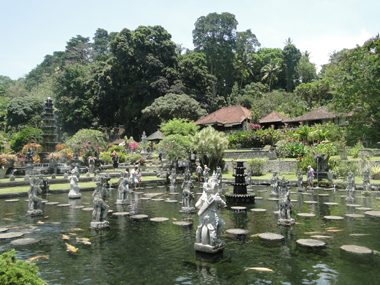
Then, we explore the rest of the gardens, full of
beautiful corners, in a simple itinerary by going by one path and
coming back by the other.
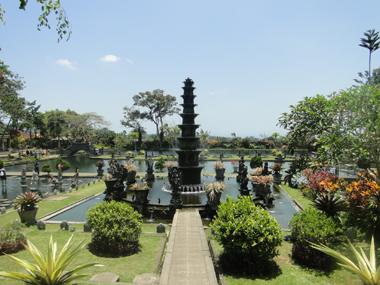 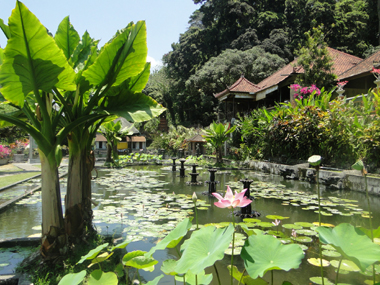 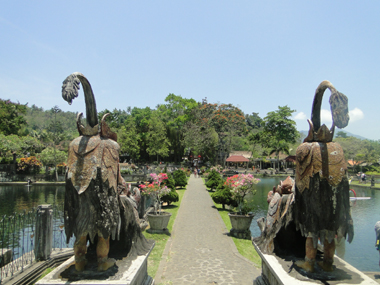 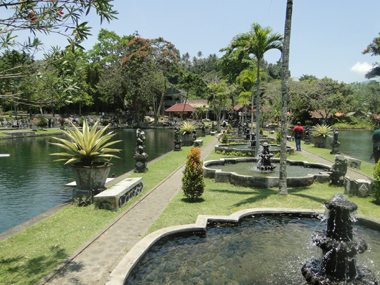
Our next and last visit is to Besakih Mother Temple, which
is located in the Volcano Gurga’s base and it takes a while to get
there, so we stop for lunch in our way. This is the volcano that
erupted three months ago.
Our driver takes us to a restaurant with amazing views of
the jungle and rice terraces which could be even better if the volcano
wasn’t covered in the background. This restaurant is a buffet too.
 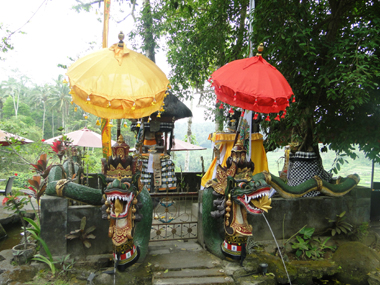
We retake our way to Besakih after lunching. Once there,
we pay 60000 rupees each, I get the usual sarong, a guide is assigned
to us and we get a place in a couple of motorbikes too for a ride up to
the entrance of the temple. Everything is included in the ticket rate.
This temple is spectacular and, again, if we could see the
volcano where we are now, the pictures would be even better. Our guide
head us through the route for tourists, as almost all places behind a
door are for prayers. He tells us, once every year, in April, Hindu
people from all Indonesia is concentrated here.
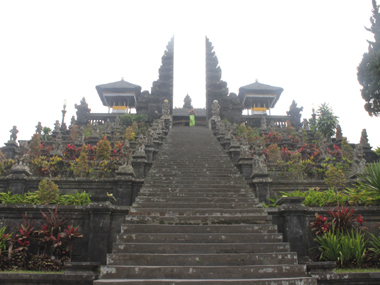 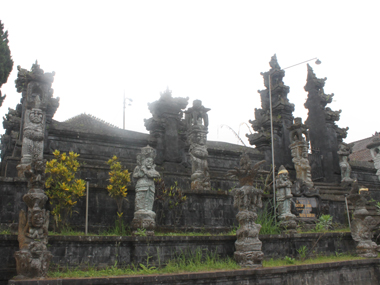 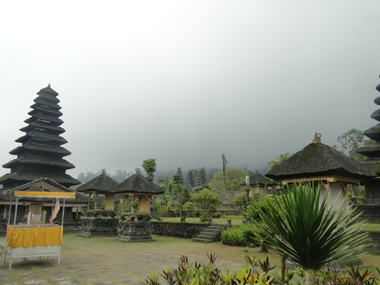 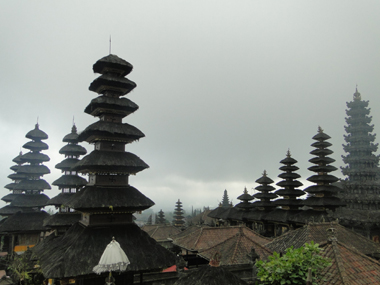
The way back down must be done by walking by this road
full of shops. Now it’s time for our long way back to Ubud but, as
we’re interested in Luwak coffee, the most expensive coffee in the
world, he takes us to a special place. This coffee is made after the
grains are eaten and crapped by civets.
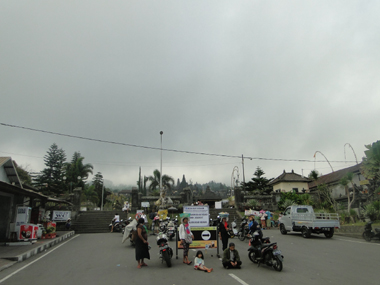 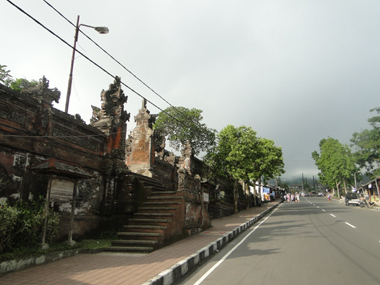
The place is a plantation belonging to some friends of
him, as he lives nearby. We can see coffee in the plant, but also
mangostan, lemongrass, citronella… They take a cocoa fruit from the
tree and open it, so we can test how sweet it is. The seed cannot be
eaten but, once roasted, they’re turned into chocolate. We can see the
civets they use for Luwak coffee, which is commonly named “Animal
coffee” here.
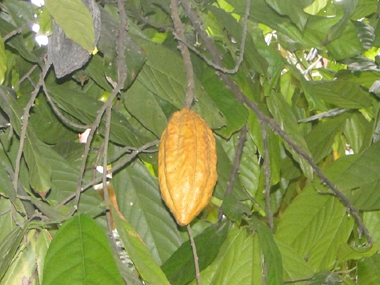 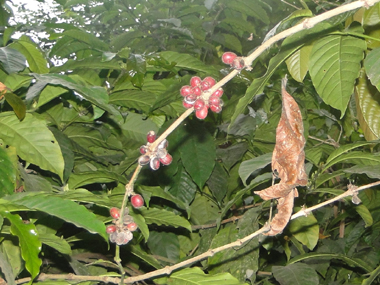
This is a very friendly visit. We pay 50,000 rupees by a
cup of Luwak coffee, which we take while enjoying the views and a row
of 12 cups for a tasting of everything they produce. I love mangostan
and rosella teas.
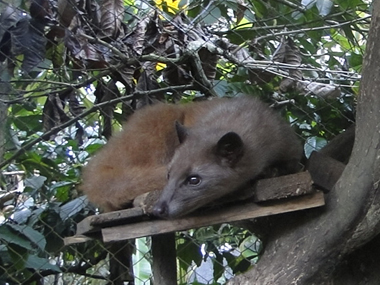 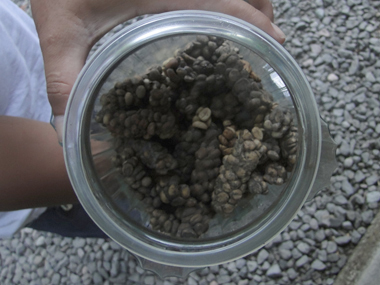 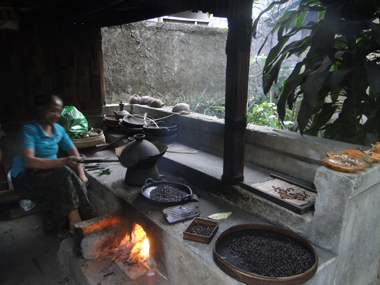 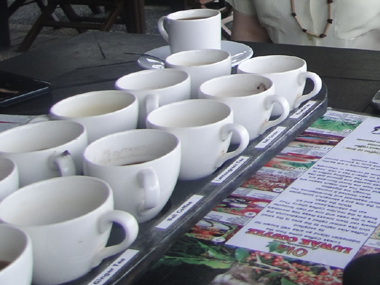
It’s almost 7 PM when we’re back to the hotel. It’s dark,
but we’re still on time to go to the next-door spa and get our massages
by 250,000 rupees each. We sleep like babies this night.
|
|
|
|

